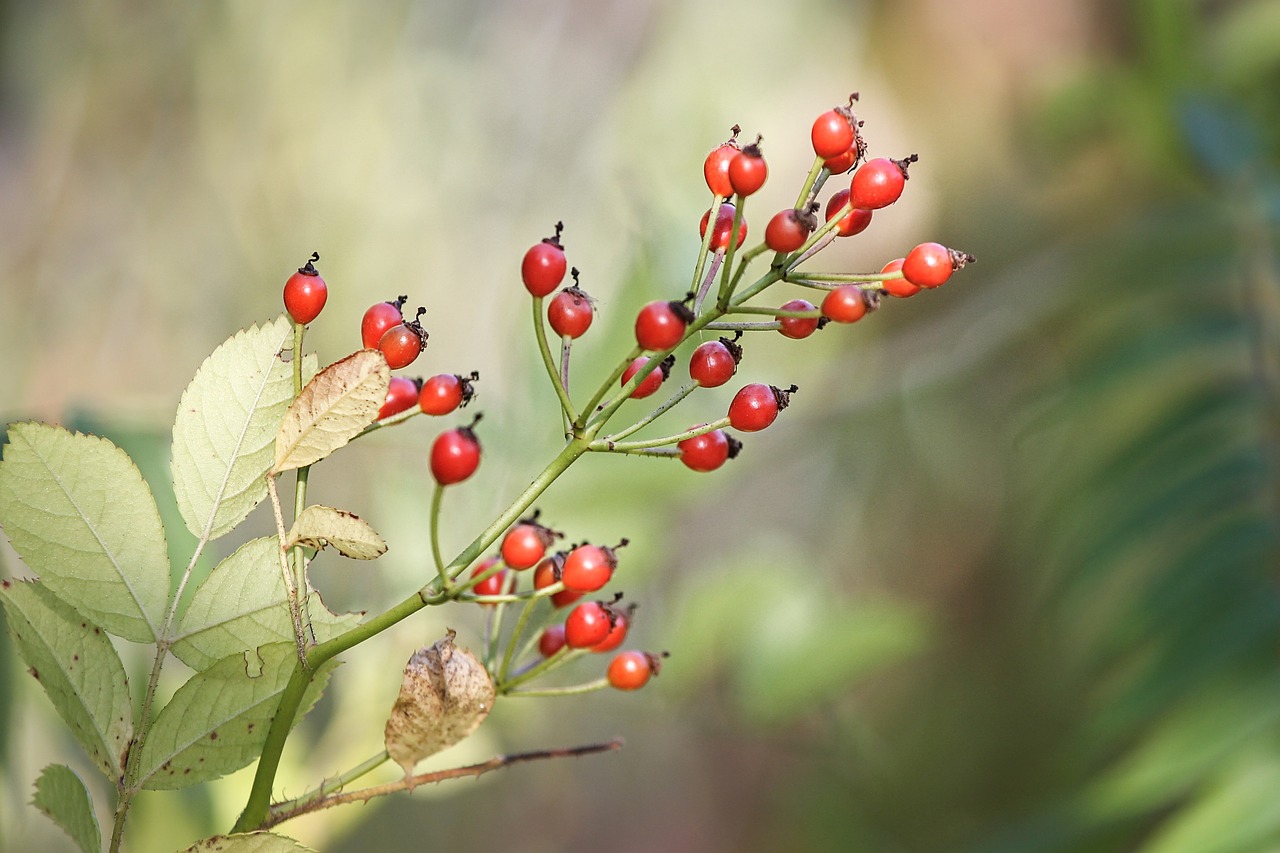Rose hips typically develop after the pedals have begun to fall off. They are generally red-orange and referred to sometimes as the fruit of the rose. Rose hips are most renowned for their beneficial nutrients, they are particularly high in vitamin C. The most common methods of use include tea, dried or fresh fruit, and oil.
Due to the fragile nature of vitamin C, it is important to consider that the environment, growing conditions, processing method, and packaging. However, cold pressed rose hip oil maintains most of the vitamin C intact.
Rose hips are packed with antioxidants and have anti-inflammatory properties as well. They are indicated for helping to prevent diseases and reducing pain associated with osteoarthritis.
Rose hips are highly regarded for their anti-aging properties. They are often consumed to preserve skin and promising studies show that rose hip oil is a potential aide for wound healing; however, more studies are required to further prove this.
Please use moderation and care when using herbs and read our disclaimer

